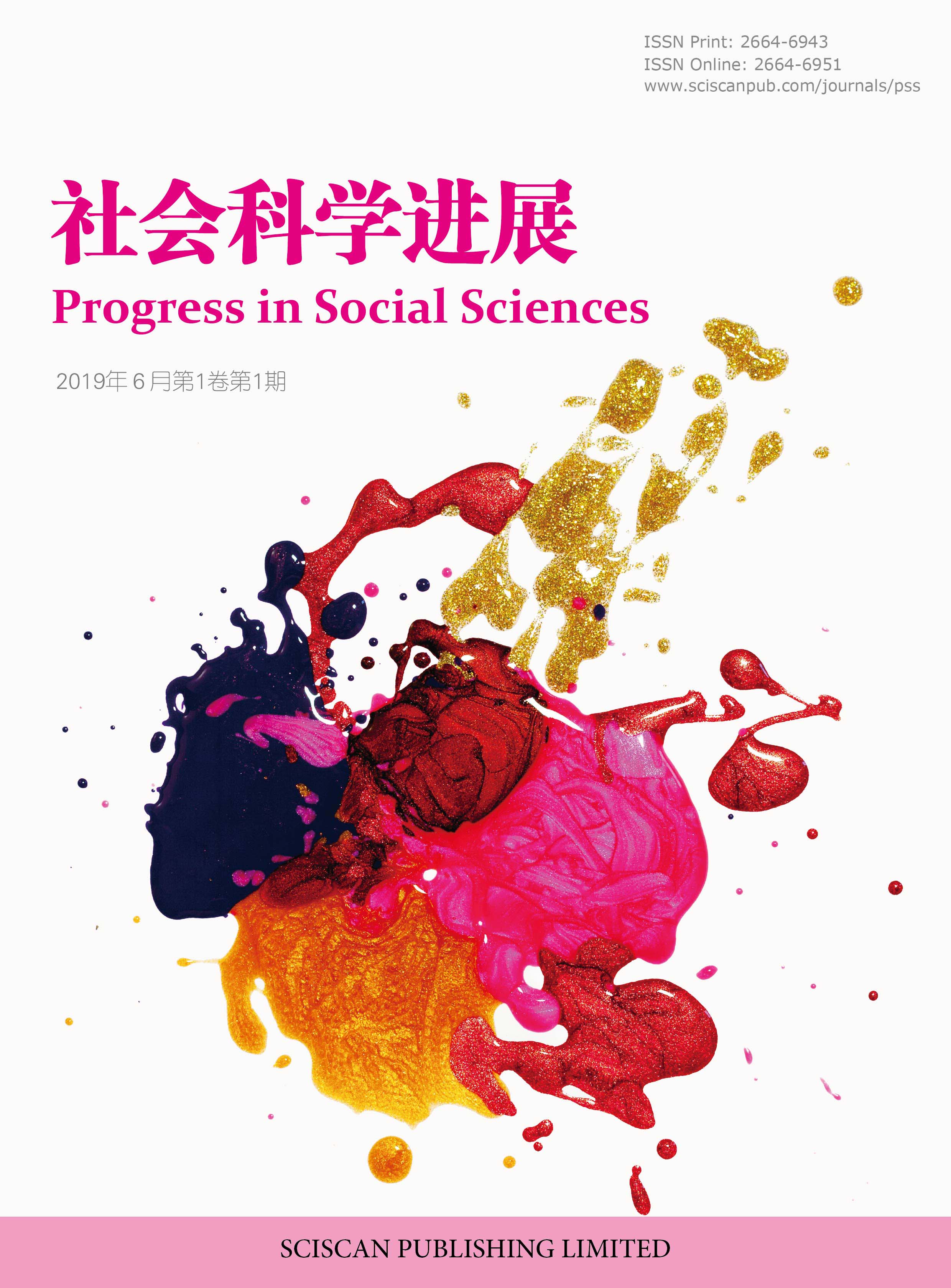Progress in Social Sciences
ISSN Print: 2664-6943
ISSN Online: 2664-6951
Contact Editorial Office
Subscribe to the latest published information from SCISCAN
顺应与传承: 江苏省旅游景区公示语英译的与时俱进
Adaptation and Inheritance: Advance with Times of the English Translation of Public Signs in Tourist Attractions in Jiangsu Province
- Authors: 徐红新
-
Information:
苏州科技大学外国语学院,苏州
-
Keywords:
Adaptation , Inheritance ,Tourist Attractions,Public Signs,Advance with Times顺应; 传承; 旅游景区; 公示语; 与时俱进
- Abstract: Public signs, existing in all walks of life in a city, are the most direct manifestation of the pragmatic level of the language of an epoch. In translating public signs in scenic spots, not only the adaptation elements such as English language structure, communicative context and foreign tourists cultural psychology should be considered, but whether the translation can highlight the features of the scenic spots, regional cultural features and era features should also be taken into consideration in order to achieve the most basic information functions and social functions of public signs. In this way, translation of public signs may keep pace with the times and be helpful to the image construction of the scenic spots and internationalization of a city. 遍布于城市大街小巷、各行各业的汉英公示语是一个时代语用水平最直观的体现。旅游景区公示语的英译,不但要考虑英语语言结构、交际语境和外国游客文化心理上的顺应问题,还要考虑是否能突出景区特色、地域文化特色和时代特色,以实现公示语最基本的信息功能和社会功能,从而促进公示语英译的与时俱进,促进旅游景区的形象建设和城市的国际化建设。
- DOI: (DOI application in progress)
-
Cite:
徐红新.顺应与传承:江苏省旅游景区公示语英译的与时俱进[J].社会科学进展,2019,1(4):115-126.
















